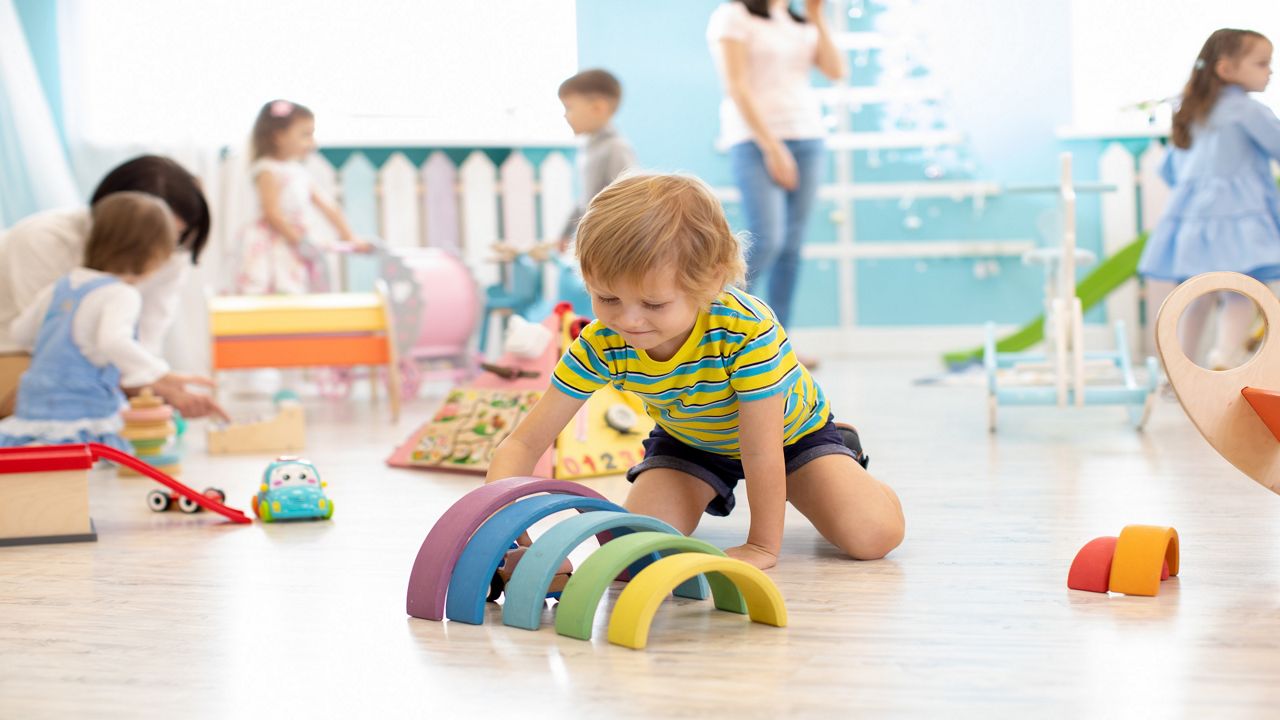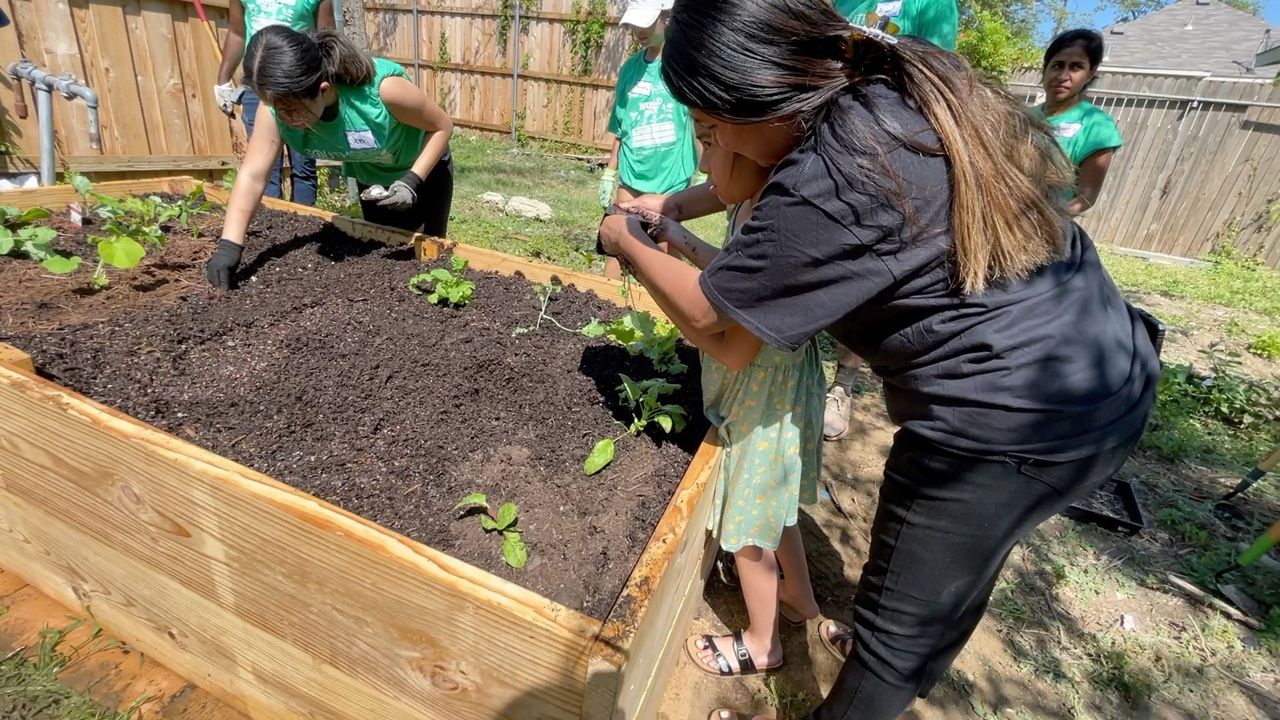BUFFALO, N.Y. — What’s in a vape? If you’re unsure, you’re not alone. Kids as young as middle school are using them. That’s creating a lot of concern.
Right now, research is underway at Roswell Park Comprehensive Cancer Center to better understand what’s inside vaping products and the health risks they pose to the youngest of users.
Nestled in Buffalo’s medical campus, a team of researchers waits for the sound of machines doing testing and they watch. Maciej Goniewicz is a professor of oncology at Roswell Park Comprehensive Cancer Center. He’s been studying vaping products confiscated from schools.
“There are over 30 schools that participate,” Goniewicz said. “We cover that means we cover about 15,000 students.”
Over the past few months, they’ve gotten more than 1,000 vapes to analyze.
“We analyzed already a few hundred, but we are waiting for the new confiscated product, new batches of the products," Goniewicz said. "So we also want to see whether something has changed in this research, whether kids are using new products, whether nicotine concentration went up, whether there is more cannabis vaping.”
He says what they’ve found so far is alarming.
“The concentration of the nicotine is really high. It's like 45 milligrams per milliliter. In our old generation of cigarettes, we see three, six milligrams. Now it's going up to 50 or even higher," Goniewicz said.
He puts that into perspective.
“Some of the product contains the equivalent of nicotine to eight packs of tobacco cigarettes just as single vaping products,” he continued.
Goniewicz says some kids are going through a vape in a week or less. He says the drive is the price point, accessibility and the way nicotine makes the brain feel.
“It increased the dopamine in the brain,” Goniewicz said. “So at the beginning, it brings a lot of pleasure.”
Goniewicz explains that it turns into addiction and leads to withdrawal symptoms.
“So they simply feel unpleasant, they feel irritated, they feel angry," Goniewicz said. "And the way to relieve those withdrawal symptoms is just to take another puff on the vaping products.”
They’re also testing the solvents, which create the flavor. Goniewicz says so far they've found it destroys lung tissue.
“Epidemiological studies show that kids who vape have a higher risk of asthma,” he added.
As to what’s in a vape, Goniewicz says most products contain nicotine. About one in 10 contain cannabis. That is doing damage to young users of its own.
“Because the e-liquid from cannabis containing vaping products is more dense, is more vicious, that it actually causes more harm to the lungs than nicotine-containing products,” Goniewicz said.
Then there are counterfeit products. Since they’re not legally made, there’s no way to know what’s in them. Goniewicz says they haven’t found any contaminated with other substances, but he fears it’s only a matter of time.
“Like fentanyl and cocaine," he said. "So that's why we need to be aware. And if we see this product, we would like to report it as soon as possible.”
Each school will get a summary of what was found in its confiscated vapes. The hope is the schools will use that to teach students what they’re putting in their bodies and the subsequent consequences to their futures.
“What is the effect on your performance, on your running, on your sport?” Goniewicz asked. "I discourage young people from vaping.”
Goniewicz says this study will take place as long as necessary.
The partnership between Roswell Park and schools is due to the assistant principal at Cleveland Hill High School in Cheektowaga. In part two of this series on vaping, you’ll meet Michael Lobuzzetta. He'll talk about what he’s seeing in school and the effects vaping is having on academics.








